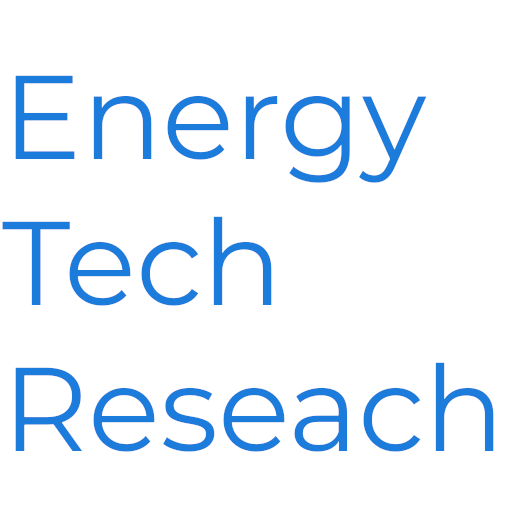
Energy Demand of Data Centers & Disruptors
Data centers are the backbone of the digital age, powering everything from cloud services to artificial intelligence (AI) applications. As the demand for digital services grows, so does the energy consumption of data centers. According to a recent report by the U.S. Department of Energy (DOE), data centers consumed about 4.4% of total U.S. electricity in 2023, and this figure is expected to rise to between 6.7% and 12% by 2028. This increase is driven by the expansion of data centers and the rise of AI applications, domestic manufacturing growth, and the electrification of various industries.
The DOE’s report highlights that total data center electricity usage climbed from 58 TWh in 2014 to 176 TWh in 2023, with projections indicating an increase to between 325 and 580 TWh by 20281. This surge in energy demand underscores the need for innovative solutions to manage and mitigate the environmental impact of data centers.
To address the growing energy needs, the DOE is leveraging its resources to develop advanced technologies and enhance the efficiency of data centers. Key strategies include enabling data center flexibility through onsite power generation and storage solutions, as well as maximizing efficiency and flexibility of demand resources1. These efforts are crucial for maintaining a reliable, affordable, and secure national energy system while supporting the continued growth of the digital economy.
“There are only a few nuclear plants that can be recommissioned in an economic way, and newer technologies like small modular reactors remain financially infeasible"
John Ketchum
CEO NextEra
Amidst the rising energy demands of data centers, the AI landscape has been shaken by the emergence of DeepSeek, a Chinese AI startup. DeepSeek has introduced its revolutionary DeepSeek V3 model, which has significantly disrupted the U.S. technology sector. Developed at an estimated cost of just $5.6 million, this model challenges the traditional high-cost AI development framework and has sent shockwaves through the tech industry.
DeepSeek’s V3 model rivals leading AI models like OpenAI’s GPT series, which typically require hundreds of millions in development costs. This cost efficiency has forced investors to reassess the economics of AI innovation, contributing to sharp declines in tech stock prices. Companies like NVIDIA, Microsoft, and Meta have collectively lost hundreds of billions in market capitalization due to the disruption caused by DeepSeek
Implications for the Future
The rise of DeepSeek highlights the potential for more cost-effective AI development, which could lead to a shift in how AI models are created and deployed. This disruption also underscores the importance of balancing innovation with infrastructure investments. As AI models become more efficient, the energy demands of data centers may continue to grow, necessitating further advancements in energy management and sustainability practices.
In conclusion, the growing energy consumption of data centers in the U.S. and the disruption caused by DeepSeek’s innovative AI models are reshaping the landscape of technology and energy. As the digital economy expands, it is crucial to develop sustainable solutions to meet the increasing energy demands while fostering innovation and maintaining economic competitiveness.